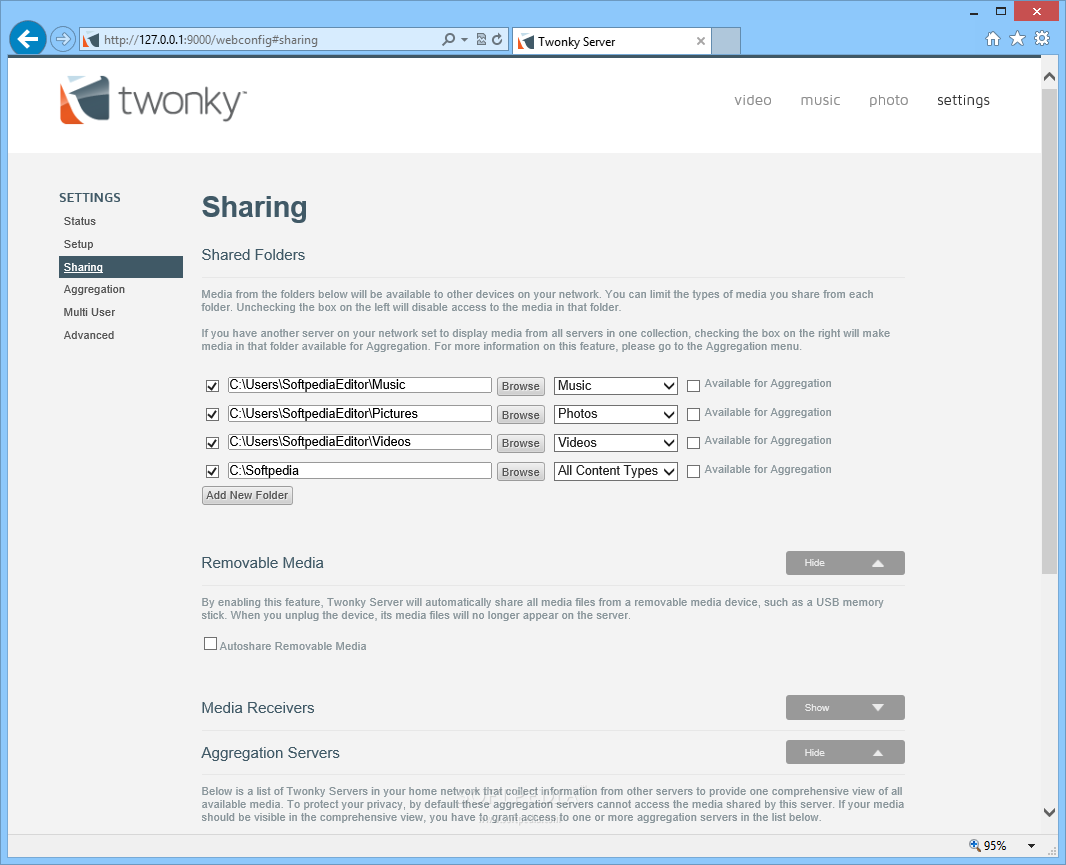


To change this behavior, you need to click the “Choose power options” option and configure your device to stay awake. It’s worth noting that that content won’t be available to other devices when your computer is sleeping or completely powered off. However, you can always uncheck the “Allowed” option to block the device. Then you’ll also see a list of the DLNA-enabled devices currently on the network with access to your content. “Show devices on” is set by default to “Local Network,” which you don’t want to modify unless there is a good reason. You’ll also notice that after turning on media streaming, you have several available options, including the ability to enter a custom name for your library to identify the content being accessed. Quick note: If the search doesn’t show the result, you can also access the settings from Control Panel > Network and internet > Network and Sharing Center > Media streaming options.Ĭlick the “Turn on media streaming” button to enable DLNA on Windows 10. To turn on media streaming, do the following:

#Roku tv twonky server windows 10
Access DLNA media on Windows 10 from another device.In this guide, you’ll learn the steps to turn on the media streaming feature on Windows 10 to send your music, pictures, and videos to other devices in your network. The only caveat is that Microsoft hasn’t migrated its DLNA-compliant feature to the Settings app, so you’ll need to use Control Panel. On Windows 10, similar to previous versions, you don’t need a third-party DLNA media server software to send media to other devices. Of course, as long as you configure the device storing the content as a Digital Living Network Alliance (DLNA) server.ĭLNA is a set of guidelines that makes it easy to set up a device to stream videos, photos, and music with other DLNA-supported devices on the network. Almost every device you connect to a TV (for example, Xbox Series X, S, One, PlayStation, Roku, Chromecast, Android TV, or an Apple TV) has DLNA support to stream media over the network.


 0 kommentar(er)
0 kommentar(er)
